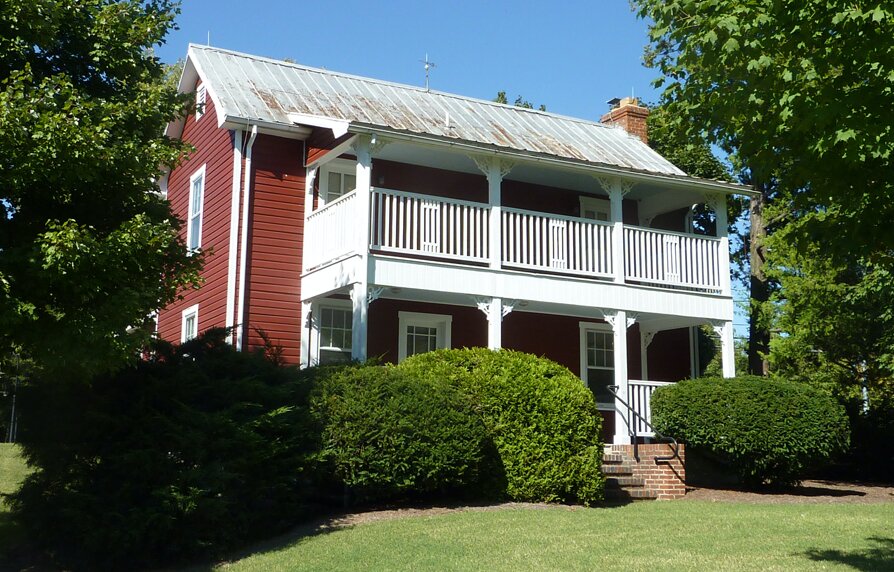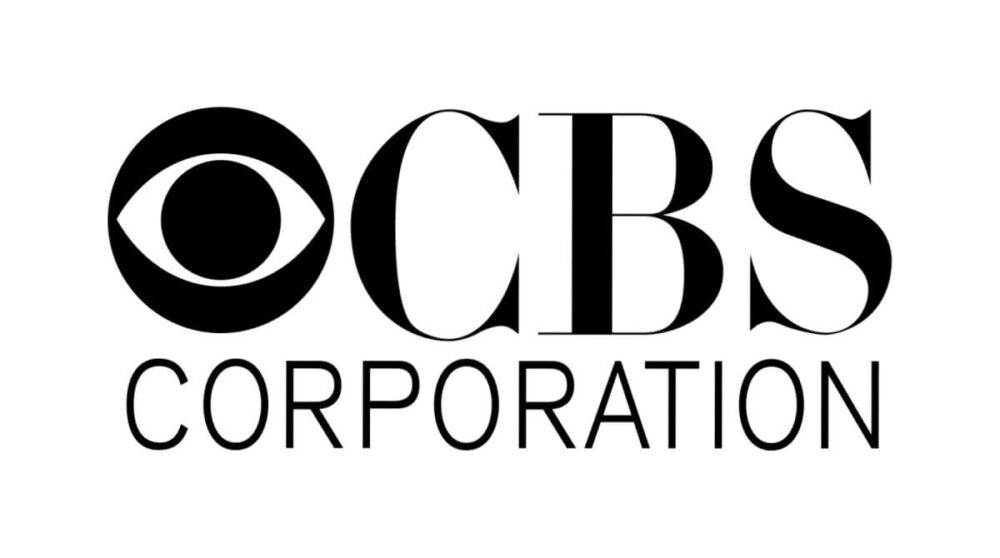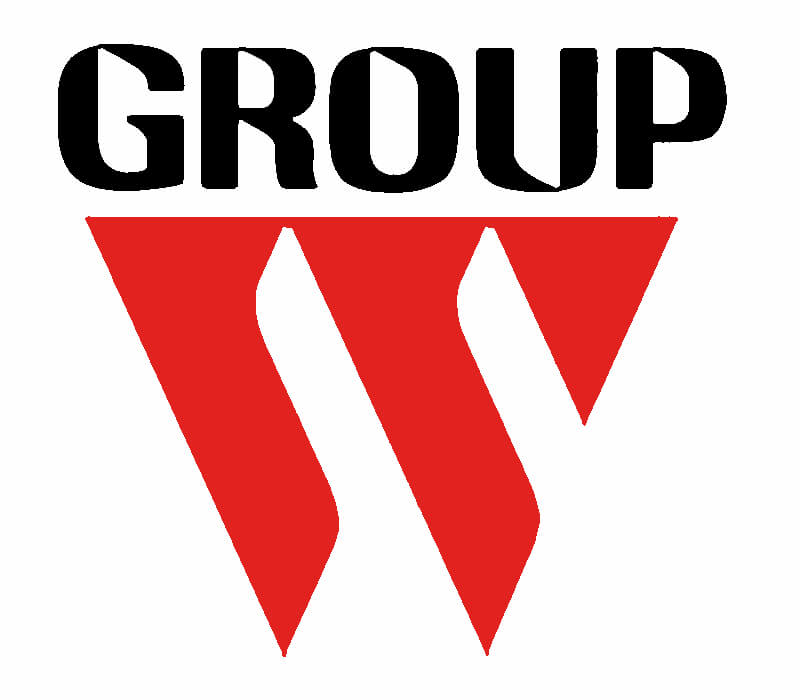The following continues the story that began in the last Marlin’s Musings about the Westinghouse Corporation. If you’ve not read Part One, I suggest you do it now before continuing. To review: following the bombing of Pearl Harbor on December 7, 1941, radio stations owned by Westinghouse were given instructions by corporate management. Stations’ staff would now be responsible for ensuring proper and complete coverage and reporting of all war-related news and information.

This is a re-posting of an article that recently appeared in Dials and Channels, the quarterly newsletter of the National Capital Radio & Television Museum in Bowie, Maryland, written by Brian Belanger.
Brian Belanger, also the curator of the Museum, invites you to visit the NCRTV.org website and consider joining the organization. As a member, you’ll receive many benefits, like the Dials and Channels quarterly newsletter containing multiple articles like the one we’re featuring below.
Picking up where we left off, the article addresses what occurred almost immediately after Pearl Harbor and how the stations covered and supported the war effort until its conclusion in 1945.
Before I go on, I want to thank Brian for allowing me to share this bit of history with you … and to thank my friend Ken Mellgren for introducing me to the Museum and Brian after I moved to the Washington, D. C., area some 20-plus years ago. And there’s one minor correction I need to make in the listing of stations at the beginning of the article: Portland, Oregon’s KEX, did not join the Westinghouse family until 1944, even though it is one of Portland’s pioneer stations, signing on in 1926. As noted earlier, Westinghouse stations were generally established in communities where the Company already had other entities operating; hence KEX’s acquisition came after Westinghouse had set up production facilities there by some of its divisions in support of the war effort.
Following the war, the broadcast division continued to grow, expanding into television by either building or acquiring TV stations in Boston, Philadelphia, Pittsburgh, and San Francisco and later adding Baltimore. It may not have become the largest division in revenue, but it would become one of the most profitable.
As for the history of the Westinghouse Electric Company, following the War, it continued to expand into other activities. One notable area was nuclear energy, which became a force in the design, construction, and management of nuclear-generating facilities. So, what happened? Why has the name disappeared?
Around the turn of the century, the Pittsburgh Post-Gazette published a very detailed series of articles researched and written by one Steve Massey under the heading, “Who Killed Westinghouse?” This paragraph in the opening portion tells a lot: “Even though the financial results didn’t always show it, the company that gave us electricity, commercial radio broadcasts, radar, the nuclear era, frost-free refrigerators, and the “Mike Douglas Show” had been struggling to find its footing since the 1970s.”

Things continued to be stable until 1990 when the Company’s Westinghouse Credit Corporation financial division suffered a billion-dollar loss from making high-risk loans, which proved to be a giant mistake. After appointing another new Chairman and CEO, this time an outsider … in 1995, a multi-billion-dollar purchase of the CBS television and radio operation was completed. Two years later, the corporate name was changed to “CBS Corporation.” At the same time, the company sold off most of the non-broadcast assets to pay for the acquisition of CBS and other broadcast entities.
So that is where, why, and how the Westinghouse name disappeared from view. However, today there continues to be a Westinghouse Electric Corporation, functioning primarily in the electrical materials arena and carrying on the legacy of George Westinghouse!

As promised … if you desire to learn more about the Company’s history, Wiki’s got it. To read about Westinghouse radio and TV operations, which took on the name “Group W,” here’s the link to that story. And here’s a link to read the interesting Pittsburgh Post-Gazette multi-part article, “Who Killed Westinghouse.”
And that’s the whole story, Folks … or at least likely as much as you care to know or read about the Westinghouse saga. However, it’s not truly the end of the story, as through many mergers, un-mergers, and other machinations, the stock symbol today is PARA, standing for Paramount Global!
Glad we could get together! Thanks for reading.


